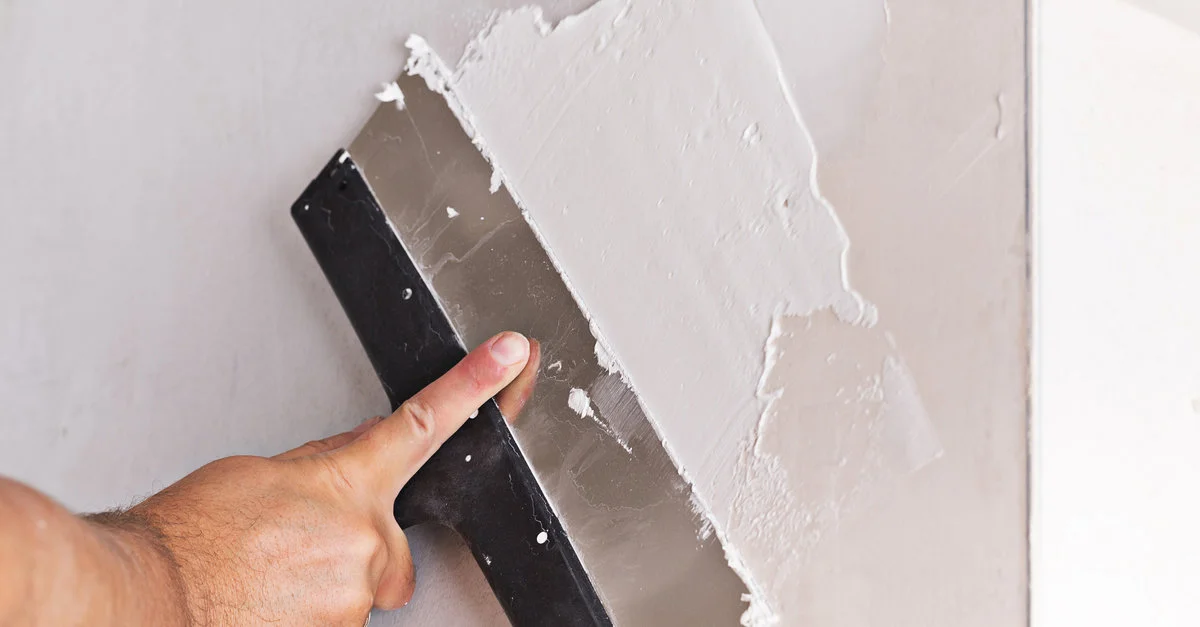Quality Drywall Installation That Changes Your Insides
Drywall Installment Facilitated: Tips for Perfect Results
Drywall installation is often regarded as a challenging task, yet with the ideal strategy and knowledge, it can become a convenient undertaking. Grasping techniques for cutting, hanging, and completing drywall can dramatically influence the end result.
Choosing the Right Products
Selecting the appropriate products for drywall setup is vital to attaining a long lasting and visually pleasing finish. drywall installation. The primary part, drywall sheets, normally come in different thicknesses, with 1/2-inch sheets being typical for interior walls. For areas needing added dampness resistance, such as restrooms or cooking areas, think about utilizing environment-friendly board or concrete board, which are specially created to withstand moisture

Additionally, picking the right bolts-- either nails or screws-- is necessary for safeguarding the drywall to the framework. Drywall screws are normally favored for their holding power and decreased danger of popping. Lastly, consider the complements such as guide and paint, which not only enhance the look yet likewise safeguard the drywall from moisture and wear.
Preparing the Installment Location
Before starting the drywall installment procedure, it is vital to prepare the installation area extensively. A clean work space lessens the risk of damage to existing things and allows for effective movement during installation.
Following, inspect the walls and ceiling for any kind of imperfections, such as fractures, openings, or mold. Address these problems beforehand; spot any kind of damages and enable enough time for repairs to dry. Furthermore, ensure that electrical outlets, switches, and pipes are properly positioned and represented, as this will certainly influence drywall placement.
Take into consideration the ecological problems too. A stable temperature and humidity degree are vital for optimal attachment and performance of the drywall materials. If required, utilize a dehumidifier or heating unit to produce suitable conditions.
Cutting and Hanging Drywall
The key to reliable drywall installment depends on the exact cutting and dangling of the panels. Begin by gauging the area precisely, taking into consideration any blockages such as electric outlets or windows. Use a straight edge and an utility blade to rack up the drywall along your measurements, after that break it along the scored line for a clean break. For more elaborate cuts, such as around outlets, a drywall saw can be used for precision.

Constantly work from the top down and delegated right, making sure that you keep a staggered pattern to boost stability. Properly hanging the drywall sets the foundation for a smooth surface, inevitably causing remarkable lead to your drywall task.
Taping and Mudding Strategies
While appropriate cutting and dangling of drywall sets the phase, the next crucial step entails mastering taping and mudding techniques to make sure a smooth finish. Insulation is crucial for reinforcing joints and avoiding fractures; it includes installing tape into the applied joint substance (mud) Start with a quality fiberglass or paper tape, using the tape over the joint and pressing it right into the damp mud making use of a taping knife, making sure no air bubbles remain.
As soon as the tape remains in location, apply a slim layer of joint compound over the tape, feathering the sides to produce a smooth transition to the drywall surface. Enable this layer to completely dry entirely prior to sanding it gently to remove imperfections. Repeat this procedure, using additional layers of mud as required-- commonly two to 3 layers-- while gradually expanding the application location with each layer to accomplish a seamless appearance.
After the final coat dries out, sand the surface area with a fine-grit sandpaper up until smooth. drywall repair. Keep in mind to use a mask during sanding to avoid inhaling dust particles. Grasping these taping and mudding find out here techniques is critical for accomplishing a professional-quality finish in your drywall setup
Ending Up Touches for Perfection
Attaining a perfect drywall installment surpasses mudding and taping; it finishes in the finishing touches that elevate the total look. These last actions are crucial in making sure a professional-grade coating that enhances the aesthetics of your space.
Begin by fining sand the dried joint substance to develop a smooth surface. Use a fine-grit sandpaper and a fining sand block or pole sander for ideal control. Pay specific focus to edges and corners, as these areas have a tendency to require have a peek at this site more precise job. After sanding, wipe down the wall surfaces with a wet fabric to eliminate any type of dust bits, ensuring a tidy surface for painting.
Following, use a primer specifically made for drywall. This step is necessary, as it helps secure the joint compound and provides an uniform base for the topcoat. Once the primer dries out, examine for any kind of blemishes, and touch up as required.
Conclusion
In conclusion, successful drywall installment hinges on the mindful choice of materials, complete preparation of the installation location, and exact implementation of reducing and hanging techniques. Mastery of taping and mudding procedures is essential for attaining a smooth finish.
Drywall installation is usually perceived as an overwhelming job, yet with the appropriate strategy and knowledge, it can come to be a workable endeavor.Choosing the appropriate materials for drywall installation is crucial to accomplishing a durable and aesthetically pleasing finish.Before beginning the drywall setup process, it is necessary to prepare the setup area extensively. Grasping these taping and mudding methods is critical for accomplishing a professional-quality coating in your drywall installation.
In conclusion, successful drywall installment pivots on the mindful selection of products, extensive preparation of the installment location, and exact visit the site implementation of reducing and hanging methods.